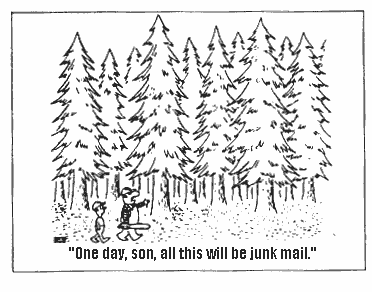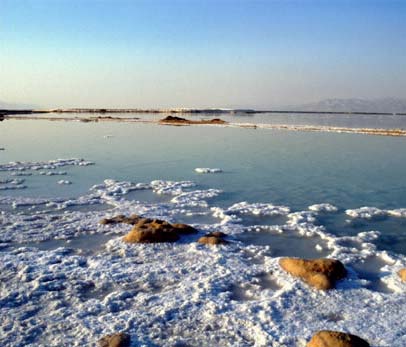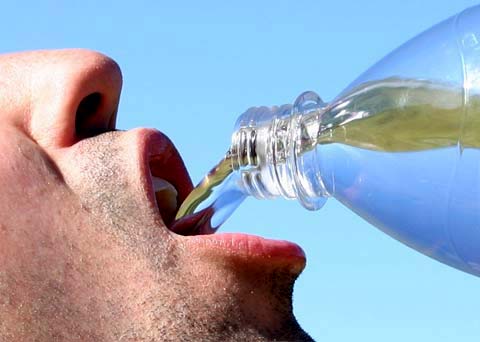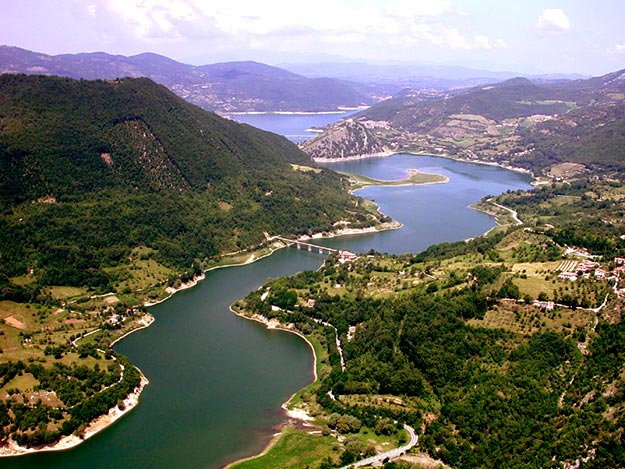The priestly accounts of the creation have fallen into discredit. So mysticism has to take refuge in the atom. The atom is a safe place not because it is small, but because you have to do complicated measurements and use underground channels to find your way there. These underground channels are concealed from the eye of the people because the plain man has not been taught to read and write size language. — Lancelot Hogben in Mathematics, the Mirror of Civilization.
It’s obvious that we have met and exceeded Mr. Lebow’s expectation. We are world record holders in virtually all categories of consumption. It is equally obvious that massive consumption translates to massive squandering of resources and massive pollution. Read more






